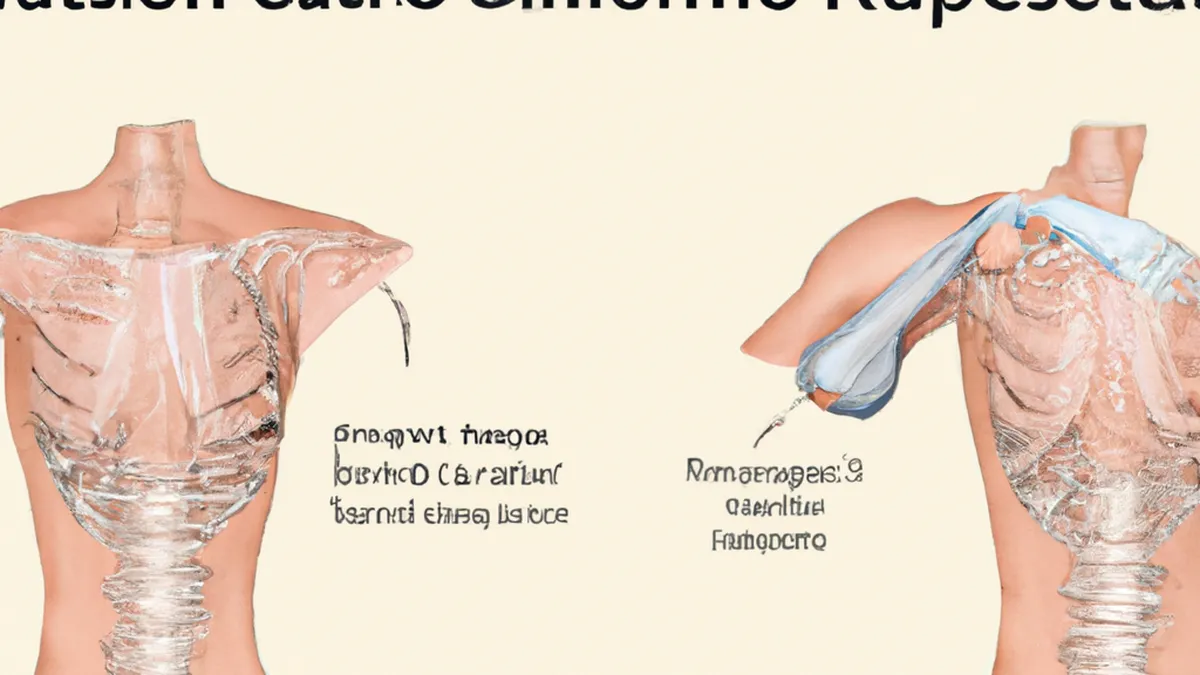Infuse Humor into Rotator Cuff Lessons
How to Use Humor in Education About Rotator Cuff Injuries
Teaching about rotator cuff injuries can be daunting. You can make learning engaging by using humor. Humor breaks barriers, eases tension, and improves retention. This blog post explores how to incorporate humor into sessions about rotator cuff injuries.
Understanding the Rotator Cuff
First, understand the subject. The rotator cuff stabilizes the shoulder with four muscles. Overuse, trauma, or age-related wear can cause injuries. These injuries often bring pain and disability. Educating people about prevention and treatment is crucial.
Once you grasp the seriousness, find lighthearted ways to present it. Use funny analogies or relatable scenarios to help your audience connect.
Tips for Using Humor Effectively
Know Your Audience
Consider who you are teaching. Humor varies widely across groups. A joke that entertains athletes may not resonate with older adults. Tailor your humor to your audience to ensure your jokes land well.
Use Relatable Scenarios
Incorporate everyday situations into your lessons. Compare using a shoulder to wearing a superhero cape. Just like a cape can get snagged, our shoulders can get injured if we aren’t careful. This analogy lightens the mood while conveying shoulder care’s importance.
Create funny sketches or role-plays. Have volunteers act out someone dramatically overexerting themselves while reaching for a snack. Exaggerated actions prompt laughter and reinforce the lesson.
Balance Humor and Information
While humor is essential, don’t let it overshadow facts. Maintain a balance between jokes and educational content. For instance, joke about someone’s shoulder “throwing a tantrum” when lifting too much. Then, follow up with important information about proper lifting techniques.
Use humorous graphics, too. A cartoon of a rotator cuff with a “Do Not Disturb” sign can lighten the mood while tying back to the lesson.
Advice for Implementing Humor
Be Authentic
When using humor, be yourself. Authenticity resonates with people. If you enjoy telling jokes, let it shine. If humor isn’t your strength, keep it simple. You can still find light moments without forcing laughter.
Read the Room
Pay attention to your audience’s reactions. If they respond well, continue using humor. If you notice discomfort or silence, adjust your approach. Not every joke works for every audience, so flexibility is key.
Encourage Participation
Invite your audience to share funny stories about shoulder injuries. This creates a relaxed atmosphere and fosters engagement. People love sharing personal experiences, enhancing the learning process.
Benefits of Using Humor in Education
Enhances Retention
Humor significantly enhances retention. Studies show people remember information better when accompanied by humor. Making lessons entertaining helps your audience internalize the material.
Reduces Anxiety
Many people feel anxious discussing injuries or health issues. Humor alleviates this anxiety. Jokes create a safe learning space, encouraging open discussion and questions.
Fosters Connections
Using humor builds connections with your audience. It creates a shared experience, increasing engagement. As a result, your audience becomes more invested in the learning process.
Conclusion
Using humor in education about rotator cuff injuries transforms a serious subject into an engaging experience. Know your audience, use relatable scenarios, and balance humor with information. Be authentic, flexible, and encourage participation. The benefits are substantial: humor enhances retention, reduces anxiety, and fosters connections. The next time you teach about rotator cuff injuries, let your funny bone shine!
Below are related products based on this post:
FAQ
How can humor help in teaching about rotator cuff injuries?
Humor can make learning about rotator cuff injuries more engaging by breaking barriers, easing tension, and improving retention. It creates a relaxed atmosphere, encourages open discussion, and helps the audience connect with the material in a memorable way.
What are some effective ways to incorporate humor in educational sessions?
Effective ways to incorporate humor include using relatable scenarios, such as comparing shoulder use to wearing a superhero cape, and creating funny sketches or role-plays. Additionally, use lighthearted analogies and humorous graphics while maintaining a balance with informative content.
How do I know if my humor is landing with the audience?
To gauge your humor’s effectiveness, pay attention to your audience’s reactions. If they respond positively with laughter or engagement, continue with your approach. If you notice discomfort or silence, be prepared to adjust your humor style to better suit the audience’s preferences.















Post Comment